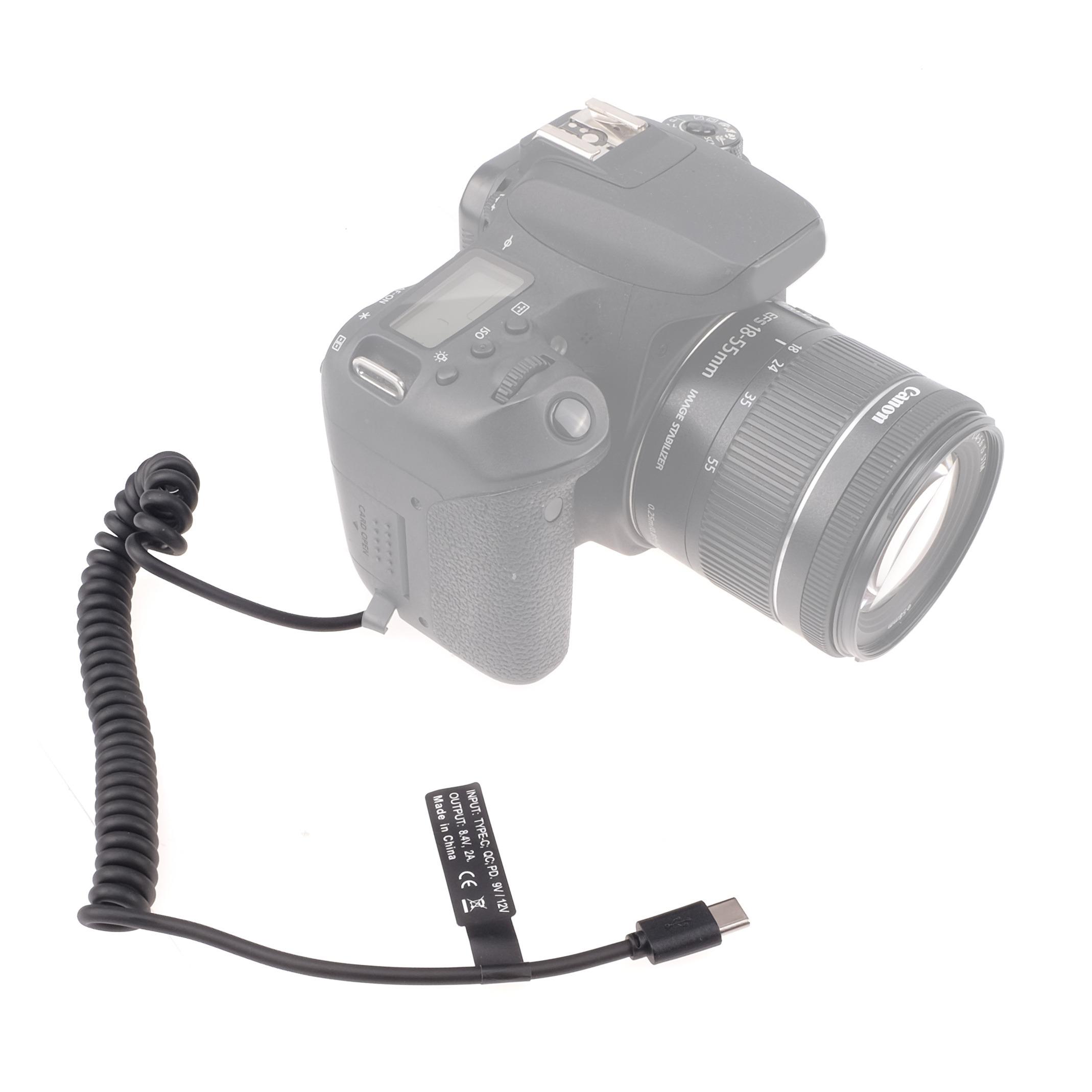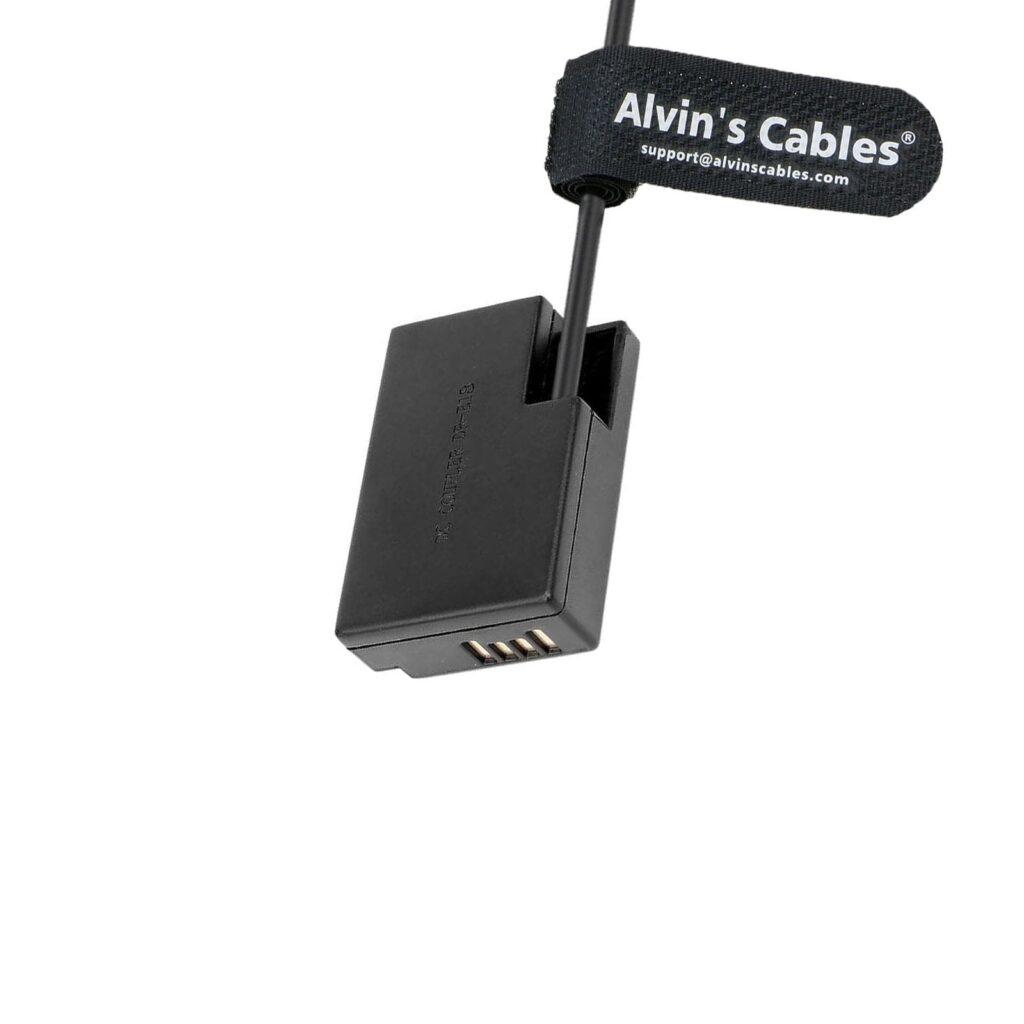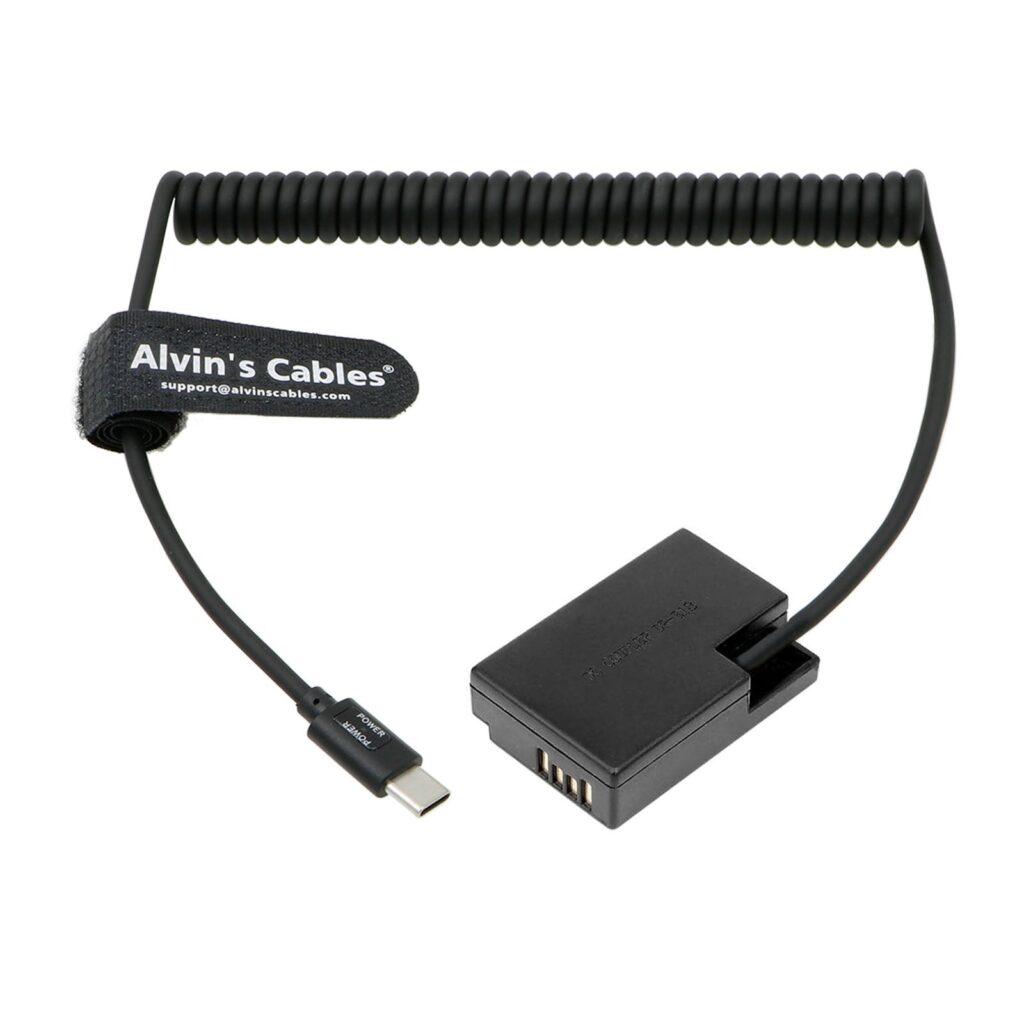
LP-E17 Dummy Battery to USB-C PD Power Cable: Transforming Power Solutions for Canon EOS R8 and R10
The rapid evolution of camera technology has brought about significant changes in how photographers and videographers power their gear. In recent months, the conversation around LP-E17 dummy battery to USB-C PD power cable adapters has intensified, particularly among users of Canon’s EOS R8 and R10 mirrorless cameras. According to sources across industry forums and product listings, these adapters are reshaping expectations for portable, reliable power in both studio and field environments.
The Rise of USB-C PD Power Delivery in Camera Accessories
Since late 2023, there has been a marked shift toward USB-C Power Delivery (PD) as the preferred standard for powering devices beyond smartphones and laptops. For Canon users – especially those working with models like the EOS R8 or R10 – the ability to use widely available USB-C PD power banks or wall chargers offers newfound flexibility.

According to product documentation from manufacturers such as Alvin’s Cables and Fotga, these coiled adapters feature an LP-E17-shaped dummy battery on one end that fits into the camera’s battery compartment. The other end terminates in a USB-C plug capable of accepting input from any charger or bank supporting the PD protocol at 9V/12V/15V/20V outputs. This setup delivers a regulated output (typically 8.4V) suitable for safe operation within Canon bodies.
“The newly upgraded cable is crafted from a cutting-edge material, providing a soft touch, remarkable flexibility… while significantly enhancing its durability,” stated Alvin’s Cables regarding their latest release.
Compatibility: What Works With What?

Compatibility remains top-of-mind for many users considering this upgrade. Officially supported by several accessory makers – including FocusFoto and Fotga – these dummy batteries are designed specifically for cameras using the LP-E17 battery format:
- Canon EOS R8
- Canon EOS R10
- Other compatible models: RP, 200D series, Rebel T6i/T7i/T8i/SL2/SL3/Kiss X9/X10/X9i/X10i
Canon itself acknowledges external powering solutions via its official documentation but recommends caution when selecting third-party accessories due to potential risks with voltage regulation or communication errors between adapter chips and camera firmware.
Why Photographers Are Making the Switch
Several factors have contributed to increased adoption:
- Extended Shooting Sessions: Videographers can record longer without swapping batteries.
- Reduced Downtime: Live streamers benefit from uninterrupted sessions.
- Travel Convenience: One high-capacity power bank can serve multiple devices.
- Cost Efficiency: Eliminates need for multiple proprietary batteries or AC adapters.
A user on Canon’s official community forum noted that “a USB-C PD with a rating of 45W (minimum), 9v 3A will also work” reliably with an appropriate dummy adapter – a sentiment echoed by others who warn against low-quality generic brands due to inconsistent performance or safety concerns.
Technical Considerations & Installation Tips
While installation is straightforward – insert dummy battery into compartment; connect cable; plug into charger – there are nuances worth noting:
- Always use chargers/power banks supporting at least PD 9V output; insufficient voltage may cause boot failures.
- Some manufacturers advise connecting cables in sequence: first attach Type-C charging cable to your bank/charger before inserting the dummy battery into your camera.
- If your camera fails to turn on after installation, remove then reinsert the dummy battery following proper order – a quirk reported by several users but easily remedied according to Fotga instructions.
- Cable length varies by brand but typically ranges from approximately 40cm coiled up (for compact setups) up to 100cm extended, allowing flexible rigging options without excessive slack.
Safety features such as over-voltage protection, short-circuit prevention, thermal cutoff mechanisms are now standard among reputable brands – a response both to consumer demand and incidents involving earlier unregulated designs.
Official vs Third-party Solutions: Where Does Canon Stand?
Canon continues offering its own branded solutions like the USB-PDE1 Adapter, which connects via USB Type-C directly into select cameras’ ports rather than through a dummy cell inside the compartment. However – as outlined in recent support bulletins – the company only guarantees full compatibility when using their own accessories paired with verified cables (e.g., Anker PowerLine III Flow).
“Use of products that support output of at least 45 W is recommended,” states an official advisory published January 2025 regarding mobile batteries used with current-generation mirrorless bodies including EOS R8/R10.
Despite this guidance – and perhaps because genuine OEM parts often come at premium prices – the market share held by third-party options continues growing rapidly thanks largely to competitive pricing structures combined with robust build quality improvements seen over just twelve months prior.
Real-world Applications & Limitations
For content creators working outside traditional studios – in remote locations where AC outlets may be scarce – the ability simply swap out depleted lithium-ion cells for continuous external supply represents more than convenience; it fundamentally alters workflow possibilities:
- Wildlife photographers can leave cameras running unattended near nests/burrows far longer than before
- Event shooters avoid missing critical moments during ceremonies/interviews
- Time-lapse specialists no longer risk losing hours’ progress midway through long sequences due solely limited internal capacity
However not all scenarios benefit equally:
Some older models lack firmware-level support necessary recognize external DC input correctly via non-OEM couplers; others may throttle performance under certain conditions if they detect non-standard supplies attached – even if voltages remain within spec limits according reports circulating since early spring this year.
Additionally some newer firmware updates have introduced stricter checksums between body/dummy chipsets intended reduce counterfeit risk but occasionally resulting incompatibility even among previously functional units.
No one knows what percentage affected nor whether future patches might relax restrictions again.
It’s unclear whether ongoing regulatory scrutiny around lithium-ion transport/shipping could impact availability certain high-output mobile banks favored among professionals either domestically abroad.
Looking Ahead: Is This Now Essential Gear?
As more creators embrace hybrid workflows blending stills video live streaming – and as device interoperability becomes ever more central – it seems likely demand will only increase further throughout remainder decade.
Manufacturers continue iterating materials design protocols aiming maximize reliability minimize bulk while keeping pace evolving standards like next-gen GaN-based fast-charging bricks now entering mainstream retail channels worldwide.
According industry insiders surveyed last quarter most expect further price drops alongside incremental feature upgrades such as built-in charge indicators auto-shutoff logic wireless triggering integration though timelines remain speculative given current supply chain volatility globally.
For now consensus appears clear:
If you shoot regularly on location – or simply want peace mind knowing you’ll never miss shot waiting recharge – it pays invest thoughtfully chosen LP-E17-to-USBC-PD solution tailored specific needs model preferences workflow habits rather than defaulting lowest-cost alternative sight unseen.
With so many new entrants vying attention each promising greater efficiency safety value proposition discerning buyers would do well consult both peer reviews manufacturer advisories before committing purchase especially given persistent uncertainty surrounding unofficial accessory compatibility moving forward.
No one knows what innovations next cycle might bring – but few doubt role flexible universal powering solutions will play shaping creative possibilities yet unrealized across photography videography alike.
